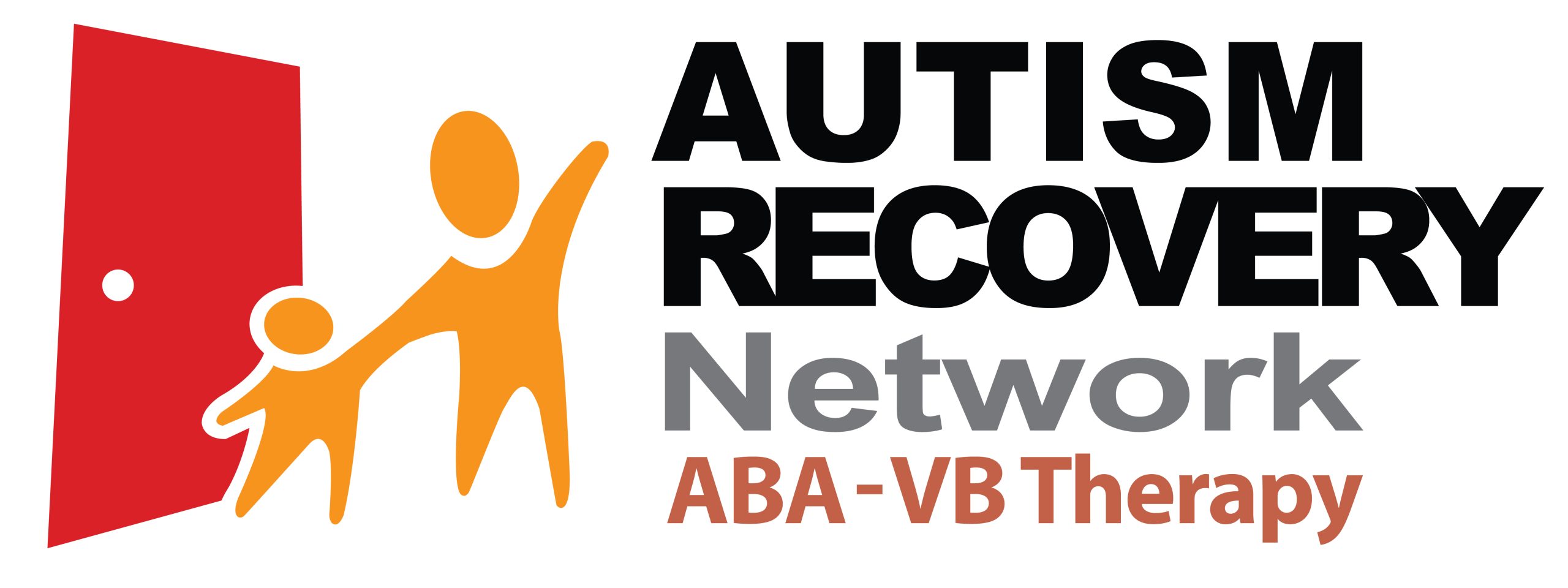People with intellectual disabilities may be overly sensitive or not sensitive enough to stimuli such as sounds and touch, which could cause them to act in ways that can be problematic.
For instance, a patient who rushes to get food during mealtimes in a home for the intellectually disabled or a school canteen and gobbles it down may seem greedy to an observer.
But he may simply be trying to avoid a noisy canteen as he has a heightened sensitivity to sound.
Another patient who has a dull response to touch may keep banging his head against a wall to get the sensation he needs, said Dr Wei Ker-Chiah, deputy chief and consultant at the department of community psychiatry at the Institute of Mental Health (IMH).
These patients can be helped by occupational therapists, who try to normalise their response to stimuli.
At the IMH, a multisensory therapy room is being converted from a meeting room to stimulate the five senses of vision, sound, smell, taste and touch. It is slated to be ready by the end of July, said Dr Wei, who is also the head of the adult neurodevelopmental service at the IMH.
Located in the occupational therapy department of the hospital, it is about the size of a living room in a four-room HDB flat, with cushioned floor and walls.
It can take two to three patients for a group therapy session or just one for an individual session, said senior occupational therapist Ng Zhuo Wei.
Patients will get to choose which of the 15 pieces of equipment to play with.
Bubble tubes mounted on the floor offer visual and tactile feedback to the user. These columns of liquid have an array of changing colours and moving bubbles. They are also relaxing. When a patient touches the tube, he will feel slight vibrations from the moving liquid.
Other equipment include aromatherapy fans and fibre-optic light sprays, which create an environment that can be both soothing and stimulating to the patient.
A large activity wall panel in the room allows the patient to brush his hands and body against different fabrics such as cotton, denim, felt and nylon.
The therapist will tailor interventions at home as well. For someone who is not sensitive to touch, the occupational therapist may recommend that his carers massage him several times a day or take him for regular swimming sessions. This could reduce his need for self-stimulatory behaviour, such as head banging, which can be destructive.
Ms Ng said: “We help them to seek sensory inputs in a more functional way.”
At other times, the occupational therapist may mimic a patient’s behaviour to understand first-hand what it is the patient seeks.
For instance, shouting at a particular pitch may give rise to chest vibrations, which cannot be picked up from just observing someone.
Sensory therapy also focuses on gradually increasing the demands on a patient’s senses.
After getting a patient comfortable sitting in the dark with a vibrating massager (sense of touch), soft music can be added in the background (sense of hearing).
In this way, the outside world can gradually be introduced to the person.
Ms Ng said: “We teach them coping strategies, so that they can be organised when confronted with stimulations in the environment.”
The multisensory therapy room is based on the concept of a Snoezelen (comes from two Dutch words that mean to “sniff” and “doze”) room.
Snoezelen was developed in the Netherlands in 1987 to provide relaxation and leisure for people with profound learning disabilities, but carers later noted some therapeutic effects.
In an observational study of 96 patients who had Snoezelen sessions, published in the Hong Kong Medical Journal in April 2003, carers reported that the most prominent effects of the room were in leisure (63 per cent), relaxation (55 per cent), improved rapport with carer (51 per cent) and reduction of self-injurious behaviour (58 per cent).
Mr Tang Wei Kiat, an occupational therapist at the IMH, said sensory therapy now requires the occupational therapist to bring items such as coloured plastic sheets, food samples and a soft brush to the patient, either in the patient’s house or a hospital room for inpatients.
Bulky equipment such as the bubble tubes cannot be used.
A sensory integration gym, twice the size of the multisensory therapy room, will also be ready at the IMH by the end of the year, said Ms Ng.
This gym brings sensory therapy up a notch by working on two other senses – vestibular balance and proprioception (awareness of the position and movement of one’s body parts).
Vestibular input from the inner ear and brain provides a sense of body position in space – thereby teaching balance – while proprioceptive input from muscles and joints helps a person to differentiate between different tactile stimulation.
In this gym, there are spinning swings, trampolines, rock-climbing walls and foam-made obstacle courses, said Ms Ng.
The focus of such therapy is to allow intellectually disabled patients to enjoy using their senses in a relaxed atmosphere, while providing an opportunity for them to learn.
Ms Ng said that patients’ non-verbal communication affords caregivers a rare glimpse into their world, where language may be absent.
Link to original article: http://www.asiaone.com/health/rooms-invoke-senses-intellectually-disabled

